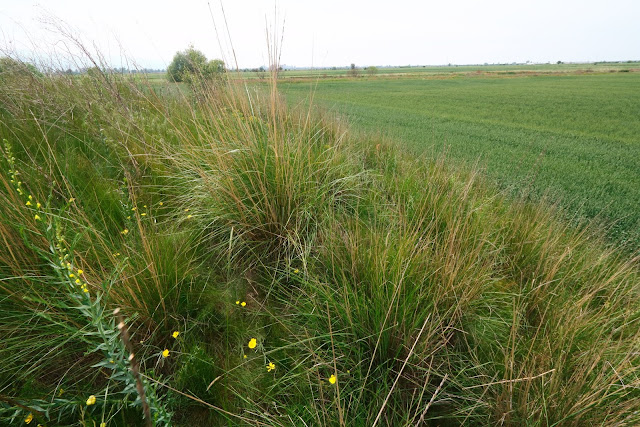What
is the common point in sacred groves in the tropics, churchyards in the
temperate zone and ancient burial mounds of the steppe region? Sacred
natural sites are places that are valued for both their biodiversity and
cultural, historical or spiritual importance. In fact, their sacred or
spiritual values maintained their respected and relatively undisturbed
status which made possible that these sites harbour important habitats,
plant and animal species. There are several representatives of these
sites, such as sacred groves, old cemeteries, churchyards and ancient
burial mounds.
 |
| Spirituality and nature: Dambulla, Sri Lanka. |
Kurgans
are important sacred natural sites in Eurasia. They are ancient earthen
burial mounds built by nomadic steppic tribes several millennia or
centuries ago. There are approximately half million kurgans, from
Central Europe to Mongolia in the steppe and forest steppe zones. Many
of them often hold a high biodiversity and preserve the last remnants of
the steppe vegetation. In this semester, the
lead article of the Sacred Sites Research Newsletter was written about kurgans by Balázs Deák.
The Sacred Sites Research Newsletter (SSiReN) is issued twice a year, past issues can be browsed in the
library of the Sacred Natural Sites Initiative's website.
SSiReN
focuses on research, on-the-ground conservation, and experiences from
custodians and policy advocacy in relation to sacred natural sites. It
is aimed at those who support of the conservation and revitalization of
sacred natural sites and territories such as custodians, scholars,
practitioners, traditional knowledge holders, and policy makers. You can
find many interesting facts about sacred sites in the SSiReN webpage,
and there it is also possible to subscribe to the newsletter.
You can read about our kurgan researches also in our former posts about the Eurasian Kurgan Database (
here and
here), flora and fauna of kurgans within and outside protected areas (
here), kurgans in Bulgaria (
here), factors threatening the biodiversity of kurgans (
here), and the conservation and cultural importance of kurgans (
here).







No comments:
Post a Comment